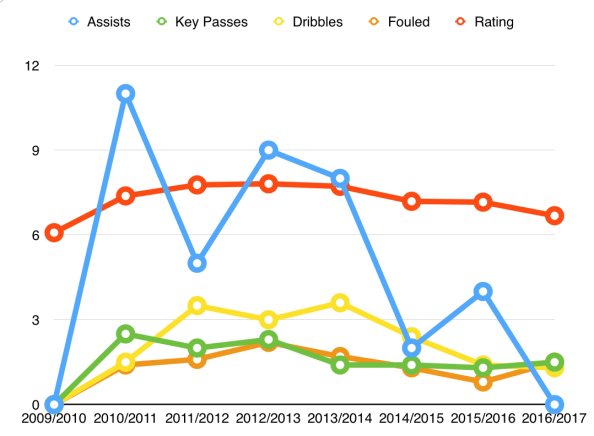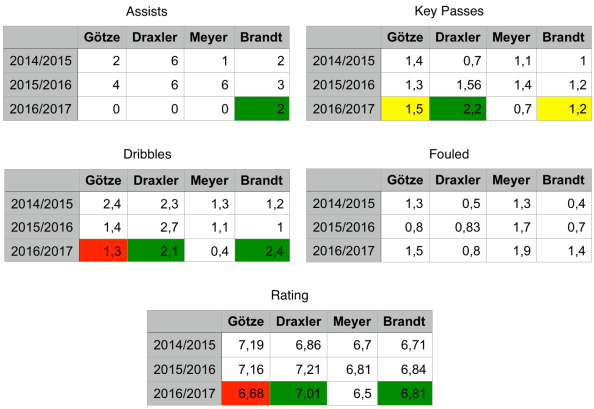Till now I’ve just presented texts which have their origin in the notational analysis, that is, we were talking about metrics which could be collected with pencil and paper, just like in the beginning of the performance analysis. The technology made it possible to collect a much greater amount of information and analyze it faster but, essentially, the information has always been there. Now we “see” it.
The another important part of the performance analysis is related to the video analysis. It became in the last years more and more popular and nowadays it is well-established as an indispensable department of top clubs in any sport, just like physiotherapy or athletic training. There are many available softwares at the market and many more camcorder options. It is possible to work only having a tablet and a cell phone. That’s the point where the question emerges: which one is the best video analysis software?
I’ve been asked this already many times and people seem still not to understand what performance (and video) analysis is all about. Cutting clips was yesterday. Focus on defining your KPI’s, collect them and analyze them. This is the point where video analysis differs from notational analysis: its results are rather qualitative than quantitative, yet they can be measured. It’s up to you to create a method for that and bring the results to the club routine, as presented in the picture below.

All the steps for the implementation of a performance analysis department within a club are well-described on this exzellent post on the Hudl blog (Establishing a Video Analysis Culture with Your Club):
-
Find the Right Tools
-
Introduce Video to Your Squad
-
Build Analysis into Your Week
-
Vary Your Delivery
-
Start Small
When it is well done, it will be possible to observe players becoming more critic about their own performance and it might accelerate the learning process towards more complex styles of play. Greatness happens when talent meets high-level training and the video analysis played a great role in the context of the Nike Academy, where talented players are available for training. Check this another interesting post at Hudl Blog (Inside the Nike Academy)
Christofer Clemens, head of scouting and performance analysis of the German national team talked about working with world-level athletes and developing them through the years as an analyst. He also talks about the development of the department itself and about the staff at the German Sport University Cologne, which I had the pleasure to be part, belonging to the Euro 2016 project. You can listen to this great interview below.
@TacticalNumbers



